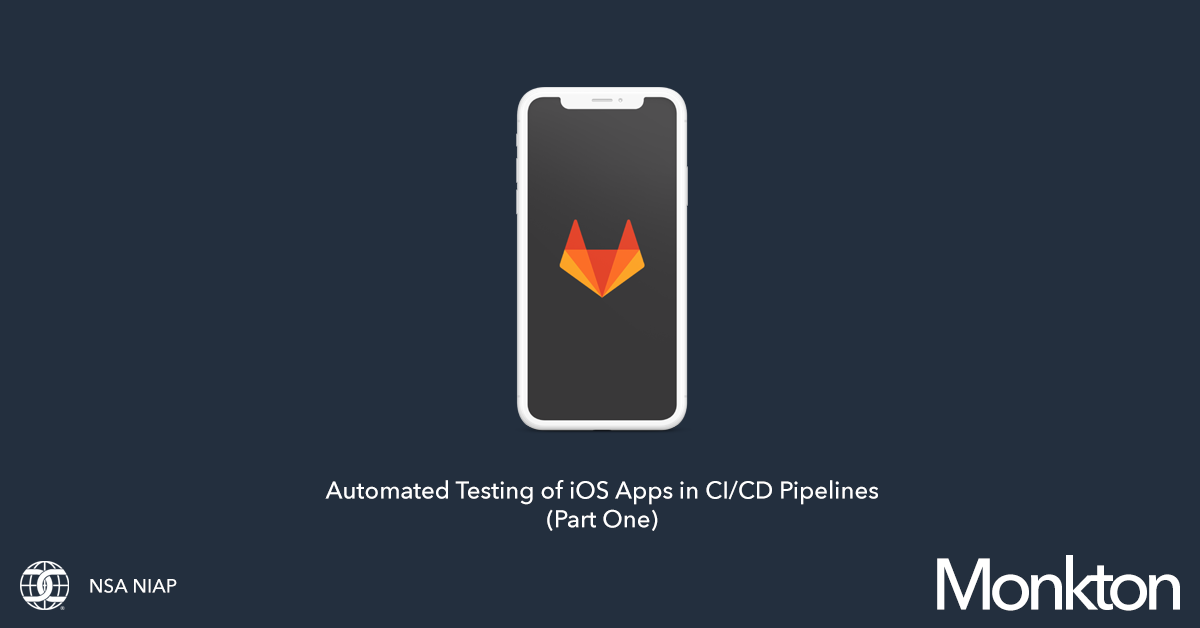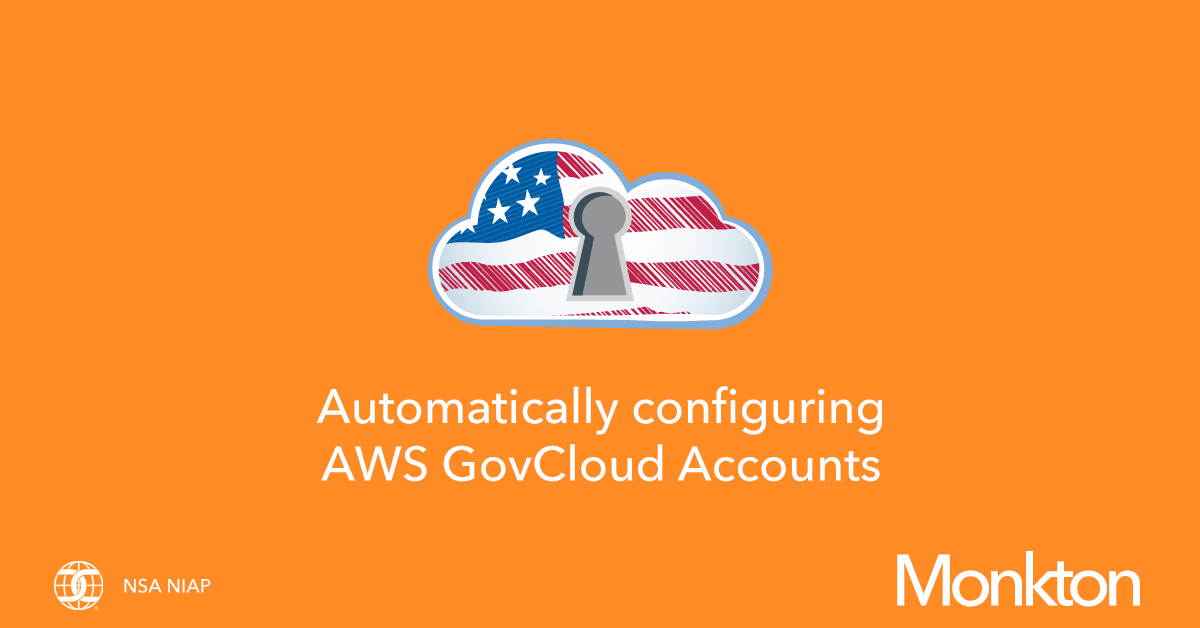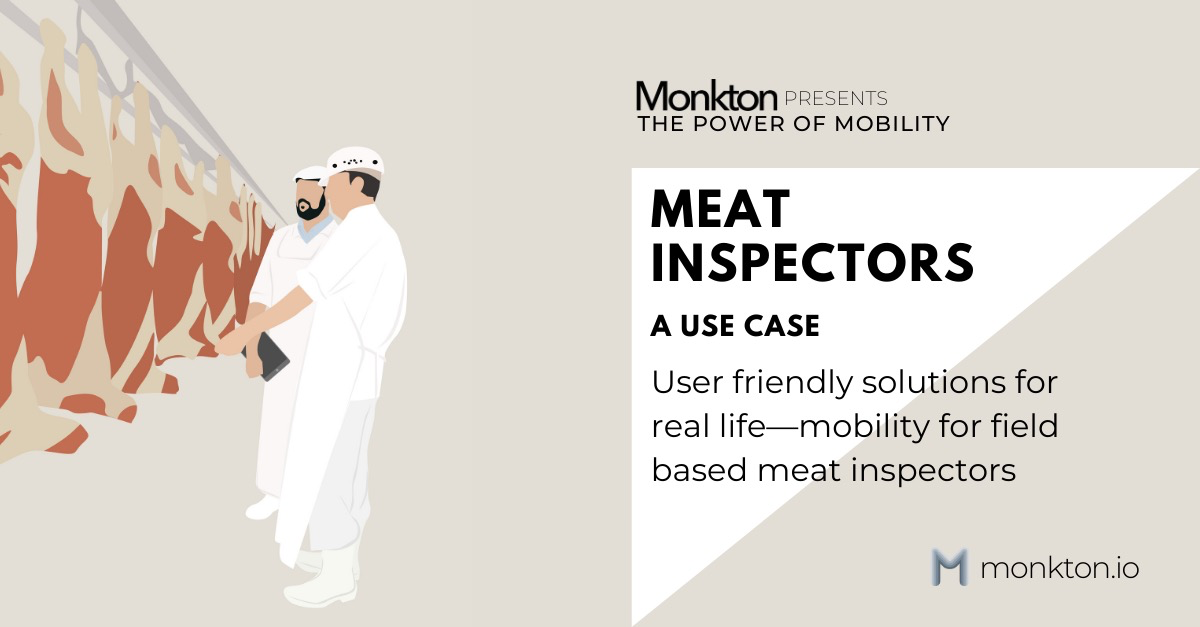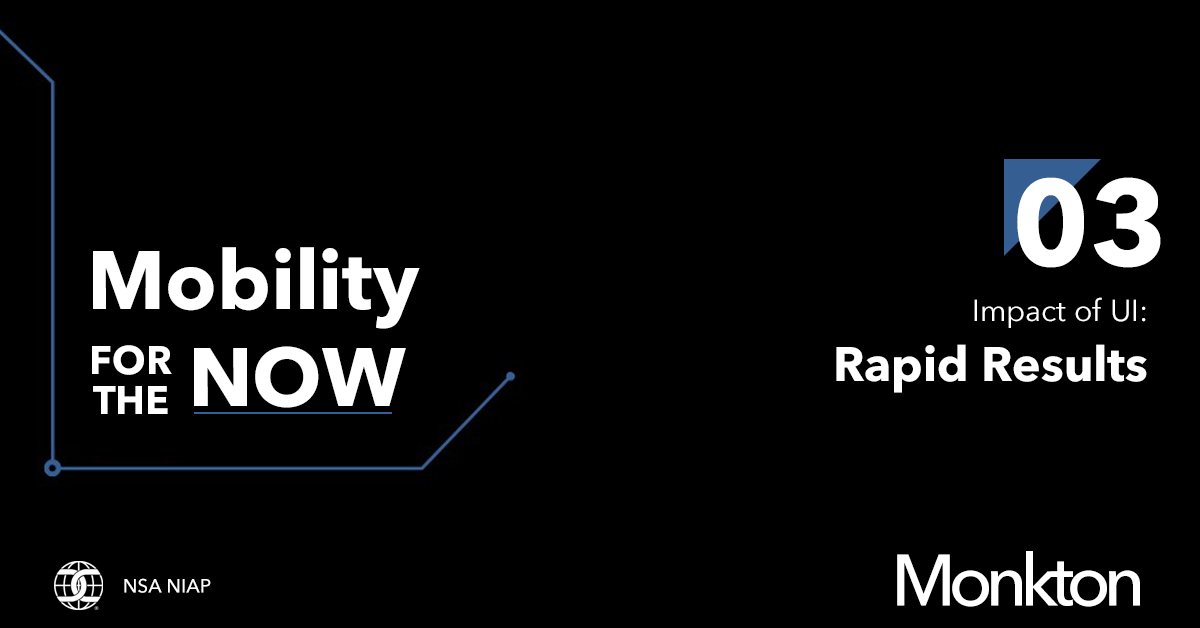This is a multipart series we are putting together to walk through automation of DevSecOps for mobile solutions. We are going to focus on iOS, but much of this is applicable to Android as well. Our goal is to leverage GitLab as the CI/CD engine and other services like AWS Device Farm, SonarQube, and NowSecure for testing. Finally, the app should pre-stage by self publishing to Apple's App Store for TestFlight publishing.
We want to see our CI/CD pipeline, at a minimum look like this:

For as many mobile solutions that exist out there, the write ups and documentation that exists to automate testing, specifically UI testing is substandard to say the least. This post will lay out some of the techniques we leverage to automate the testing of mobile apps (iOS specifically) to perform fully automated UI testing.
iOS Testing in AWS Device Farm
We leverage AWS Device Farm to implement testing—the capabilities of Device Farm are fantastic, the difficult bit is the practical application of documentation.
Again, everyone talks about automated testing, but who is actually doing it?
We'll dive into AWS Device Farm later.









